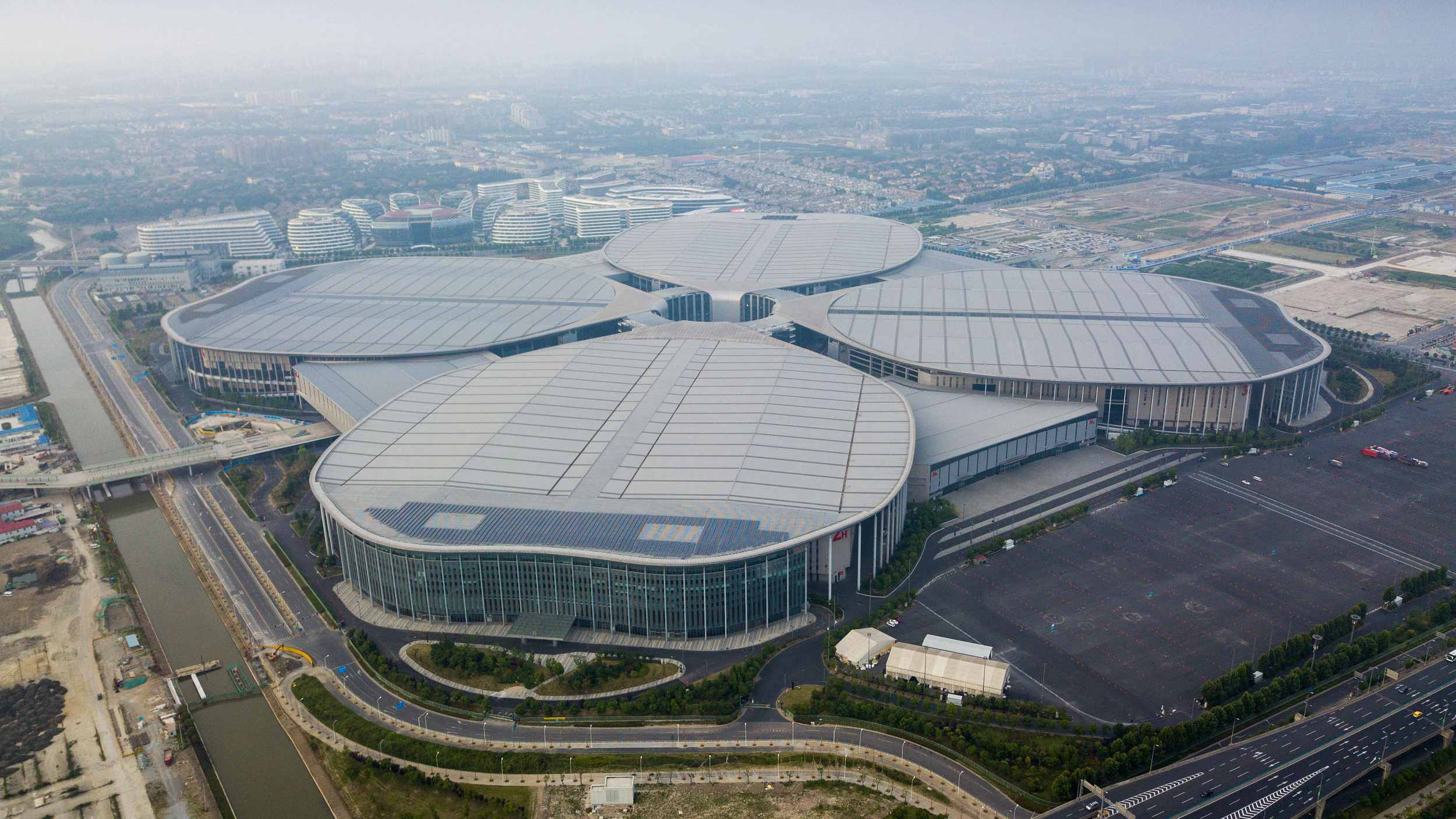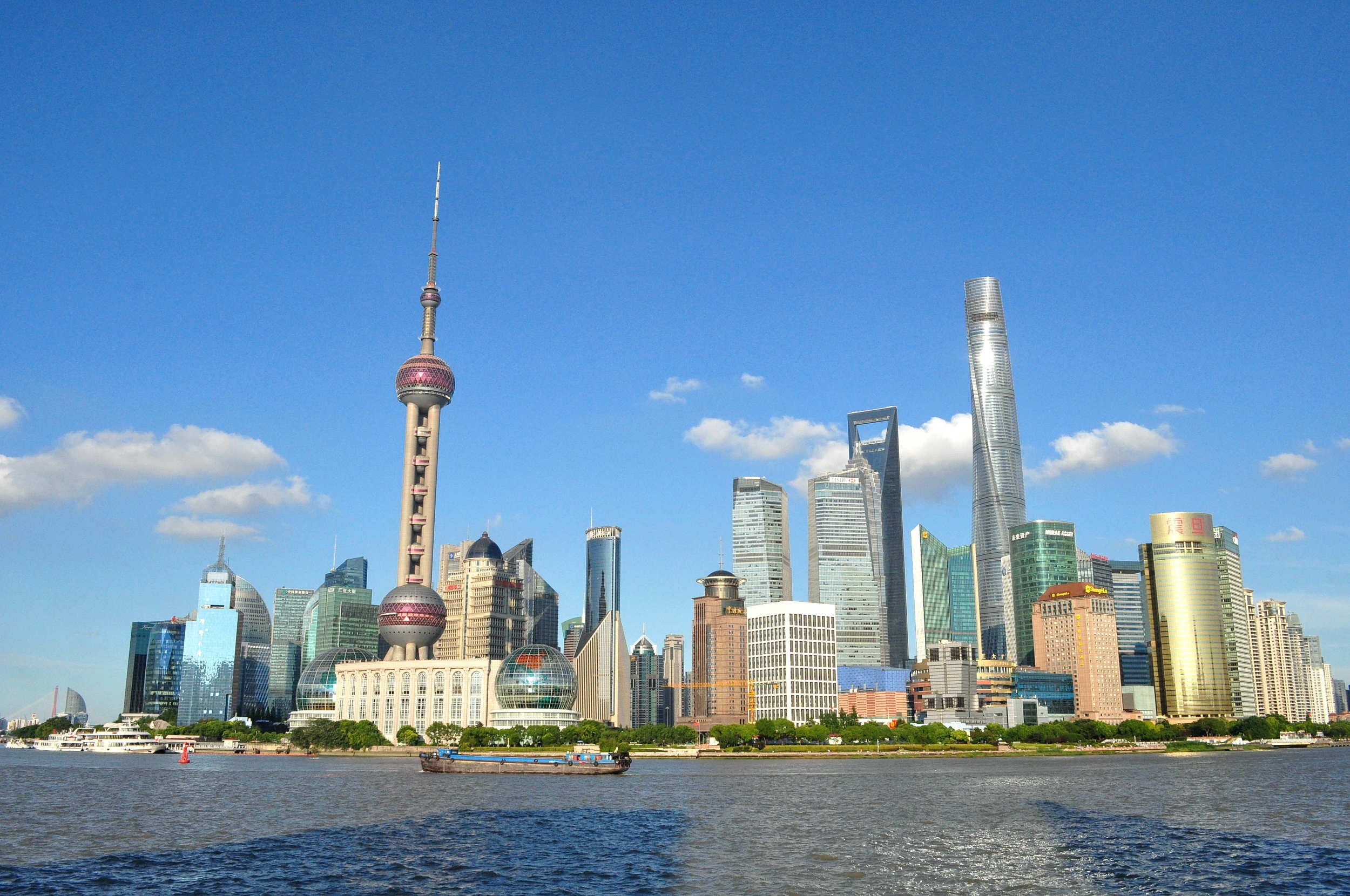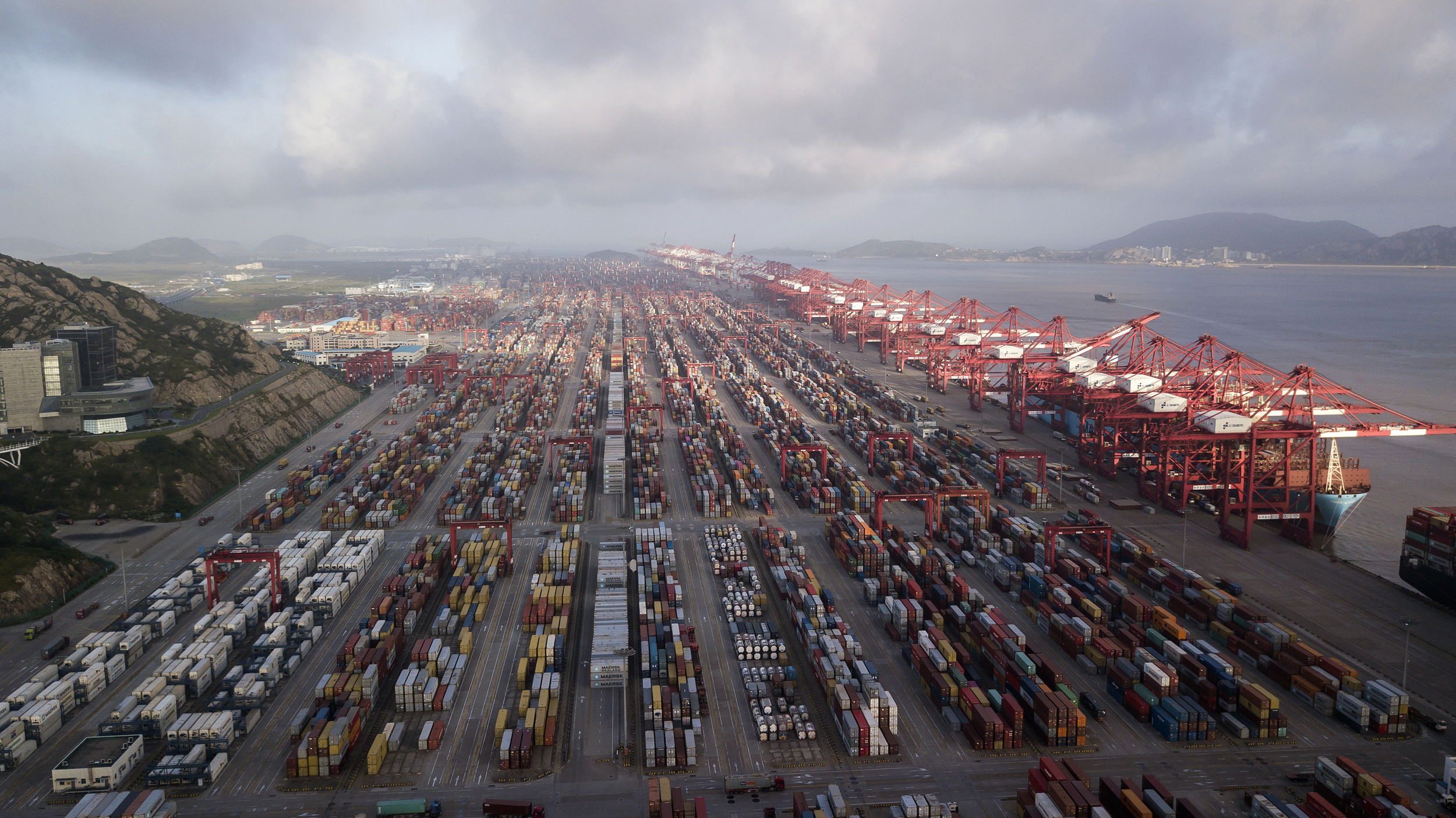
Business
20:50, 26-Jul-2018
Economic Watch: China import expo seeks to accelerate Belt and Road cooperation
Updated
20:30, 29-Jul-2018
CGTN

Russian dairy producers who plan to showcase their ice creams at China's first import expo this November are hoping for more than just sales.
Major Russian producers are seeking long-term partnerships in China by participating in the first China International Import Expo (CIIE) in Shanghai, according to Li Shuo, an official with the China International Import Expo Bureau in charge of liaison with Russian exhibitors.
A wealth of products and technologies from countries along the Belt and Road, including Russia, are expected to appear at the CIIE, which will give new impetus to the Belt and Road economic cooperation by helping companies promote brands and expand markets.
The expo will serve as a new platform for the world to access the Chinese market as well as a way to support trade liberalization.
Over 130 countries and regions and more than 2,800 companies have confirmed participation in the expo. Over 150,000 domestic and international buyers are expected to attend the fair.
Most countries along the Belt and Road have confirmed they will participate, according to Sun Chenghai, deputy director of the CIIE Bureau.

VCG Photo
VCG Photo
The CIIE will create new areas of growth for Sino-Russian trade and investment cooperation, said Alexey Gruzdev, Russia's deputy minister of economic development.
Apart from ice cream, Russia is also looking to expand its markets for tourism and high-quality services.
Russia is "in active preparation to encourage representative enterprises, technologies and services, building the 'Made in Russia' brand via the CIIE," Gruzdev said in an interview.
Pakistan's Federal Secretary for Commerce Mohammad Younus Dagha expects Pakistan to use the CIIE to promote high-quality products in the Chinese market.
"We have great expectations for this historic opportunity with the continuous advancement of the China-Pakistan Economic Corridor," he said.
Many well-known companies along the Belt and Road, including a French healthcare provider and an Israeli medical technology firm, will attend the expo and showcase their high-end products and cutting-edge technology via the Fosun International Limited's platform, according to the Chinese company.
France-based Lesaffre, a global leader in yeast production, has already signed up for the second CIIE.
The expo in China appeals to many countries along the Belt and Road due to the country's robust economy as well as having the world's largest middle-income group.
China's GDP logged 6.7 percent growth in the second quarter of this year, with the pace of expansion staying within the range of 6.7 to 6.9 percent for 12 straight quarters. Final consumption contributed to 78.5 percent of the economic expansion in the first half of the year.

VCG Photo
VCG Photo
"The expo in China isn't focused on export but on import, to fulfill the country's upgrading consumption market, which means a huge opportunity for other parts of the world," said Paul Woodward, former managing director of UFI, the global association of the exhibition industry.
The CIIE is expected to add fuel to the already fast growth of trade between China and countries along the Belt and Road.
In the first five months of the year, trade with these countries surged 11.1 percent year-on-year, outpacing overall trade growth by 2.3 percentage points, Ministry of Commerce data showed.
The growth potential is huge, and Chinese buyers are itching to secure contracts with countries along the Belt and Road as the CIIE nears the 100-day countdown to its opening.
The Shanghai-based Greenland Group plans to purchase 100 million US dollars worth of goods from Turkey and cooperate with Polish authorities to import local goods from Poland.
"We already have 1,162 product categories from 16 countries and regions along the Belt and Road on sale at our stores, accounting for 15 percent of all categories. Many of them are very popular among Chinese consumers," said Jin Lu, deputy director of global sourcing at the retail sales department of Greenland Business Group.
As the majority of trade between China and countries along the Belt and Road is primarily with nations in Southeast Asia, West Asia, and Western Europe, there is considerable room for trade growth with other areas, according to Sun.
He also expects a more diverse trade structure, with more imports other than resources and raw materials from countries along the Belt and Road.
Source(s): Xinhua News Agency

SITEMAP
Copyright © 2018 CGTN. Beijing ICP prepared NO.16065310-3
Copyright © 2018 CGTN. Beijing ICP prepared NO.16065310-3